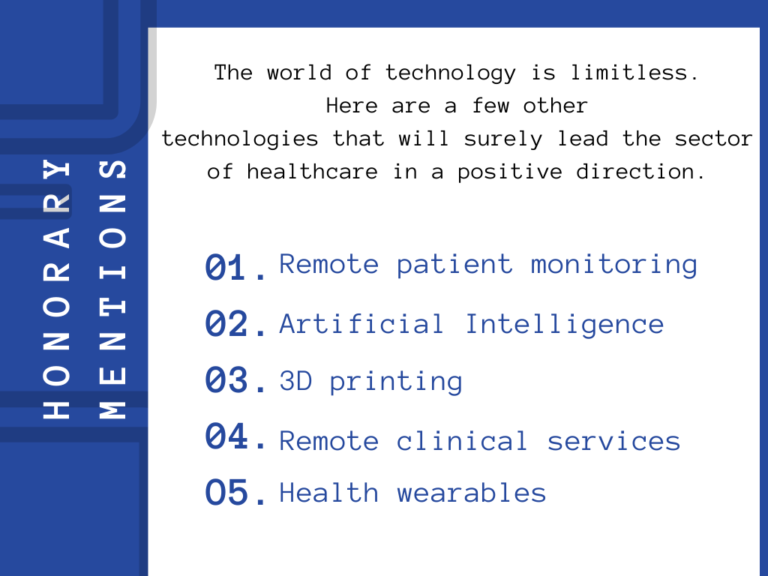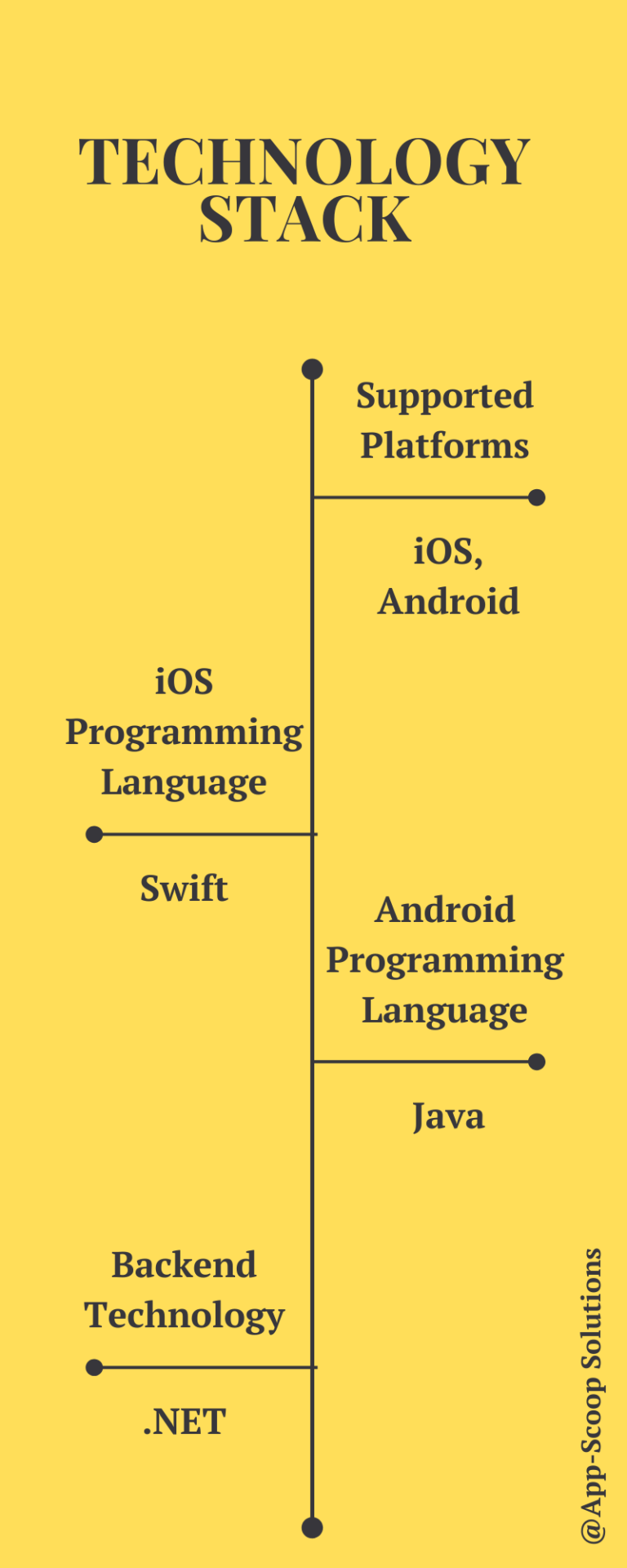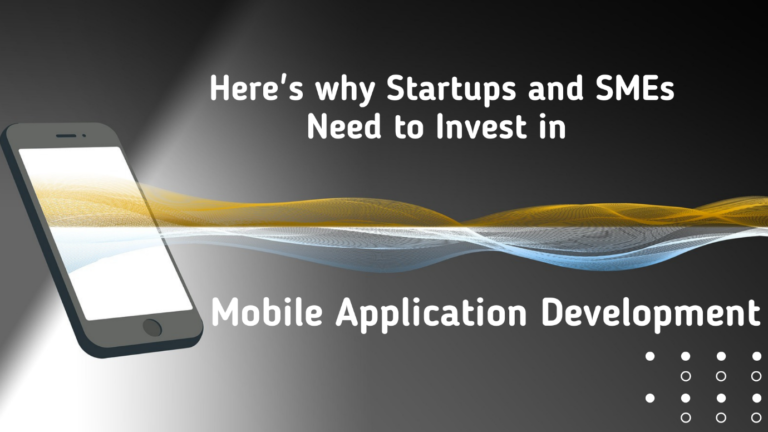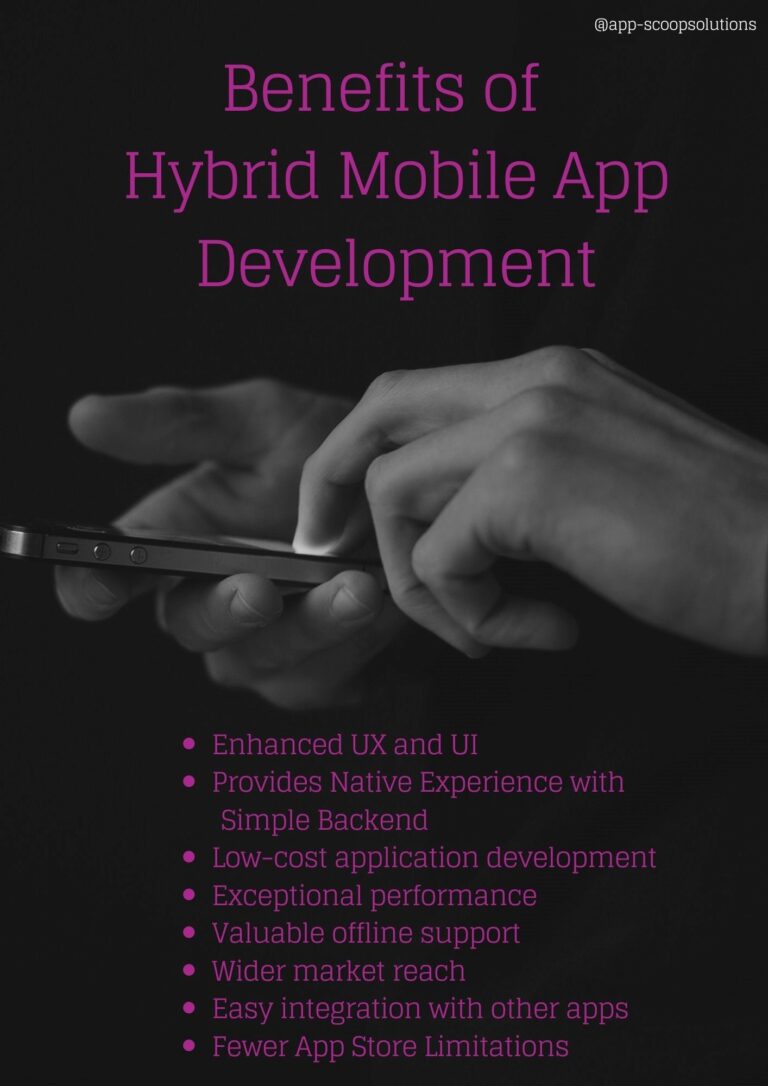There are three different ways to convert your WordPress into a mobile app:
• Hire a third party to build the app.
• Code it yourself
• Use a DIY app builder or plugins.
Although websites made on WordPress are flexible, it is now time to think beyond it. And mobile applications are the one-stop solutions for all your business development needs. WordPress Mobile App plugin can help you convert a WordPress site into a mobile application. These plugins are not hassle-free to use but they are also cost-effective. In this article, we give you eight of the best plugins that will help you in this process.

1. AppPresser
Best customizations, great customer support, and double the plugins, no wonder AppPresser is among the no #1 WordPress app plugin and mobile app builders. This makes creating an app plugin a piece of cake. You can easily create menus, add pages, and select a creative design. And the best part is it integrates all your WordPress content. Users can simply integrate WordPress features in a single app such as podcasts, WooCommerce, LearnDash, membership, and more. When it comes to pricing, its standard monthly charges are $59, while the professional goes up to $79, and the advanced is for $129/month.
2. AppMySite
On AppMySite one can build any kind of app with no coding knowledge. It enables all regardless of their background and claims to develop within minutes. With over 2,000,000 plus app downloads, AppMySite is increasingly becoming everyone’s go to app creator. All you need to do is – design and customize a mobile app that suits your business. When the design is finalized, with a help of a plugin connect the app to your website. The delivery happens in no time, once you download the app you can submit it to either Andriod or iOS or both. The process is seamless, it quickly connects to the website, the app testing process is easy, and app management is impeccable. The preview option is for free, the starter kit comes for $19 per month, the pro is for $39 per month, and while premium is for $79.
3. Wiziapp
Created by a group of WordPress specialists, fans, and mobile app engineers, Wiziapp is a seamless tool to convert WordPress powered websites into mobile apps. Owing to this, all the pages, posts, videos, and galleries are displayed in the native app user interface. Its integration is smooth and offers multiple designs. To get started all you have to do is download the WiziApp plugin and follow the simple instructions.
4. WappPress
This very simple to use and cost-effective platform enables you to explore endless possibilities. Within a few steps, you can generate your design and push it on different platforms. Their features such as screen launchers, various themes, the ability to convert the website into an Andriod app, launcher icon, push notifications, Admob, etc give your work a unique look. And the best part is you don’t need to have any coding knowledge to get your work started.
5. Blappsta
It is flexible, pricing is reasonable, easy to use, helps create stunning content, and is compatible with iOS and Android OS; well, the advantages are endless. Blappsta is fully integrated with WordPress and provides a preview option before publishing. You can simply use post and page to send push notifications. The pricing range starts from $34.99 per month and it goes to $149, this depends on the type of the system and addons.
Read more: https://www.kasareviews.com/best-plugins-convert-wordpress-site-into-mobile-app/#8_Web2App
6. WPMobile.App
This is one of the fastest and easiest mobile app builders. With three simple steps, you can create an app – enter the website URL and application information, and simply build an app. It is a great application building tool that offers a sleek appearance and functionality. Features like building apps in real-time, uploading a custom icon, auto-updating, Google Play compatibility, working offline, etc, are surely a crowd puller. You can build one application for just $19. The 5 minutes video tutorial that the website offers streamlines the process of application building.
7. Web2App
This is one of the fastest and easiest mobile app builders. With three simple steps, you can create an app – enter the website URL and application information, and simply build an app. It is a great application building tool that offers a sleek appearance and functionality. Features like building apps in real-time, uploading a custom icon, auto-updating, Google Play compatibility, working offline, etc, are surely a crowd puller. You can build one application for just $19. The 5 minutes video tutorial that the website offers streamlines the process of application building.
8. MobiLoud
This platform is more than just a WordPress plugin, they provide a complete service. It is one of the efficient tools for a WordPress-based business to turn into a mobile application. MobiLoud offers two platforms:
News: This is for the large media organizations and WordPress-based blogs, magazines, news sites, online newspapers etc.
Canvas: To convert WordPress site into hybrid iOS and Android apps.
This platform is more than just a WordPress plugin, they provide a complete service. It is one of the efficient tools for a WordPress-based business to turn into a mobile application. MobiLoud offers two platforms:
Read more: https://www.formget.com/wordpress-mobile-app-plugins/






